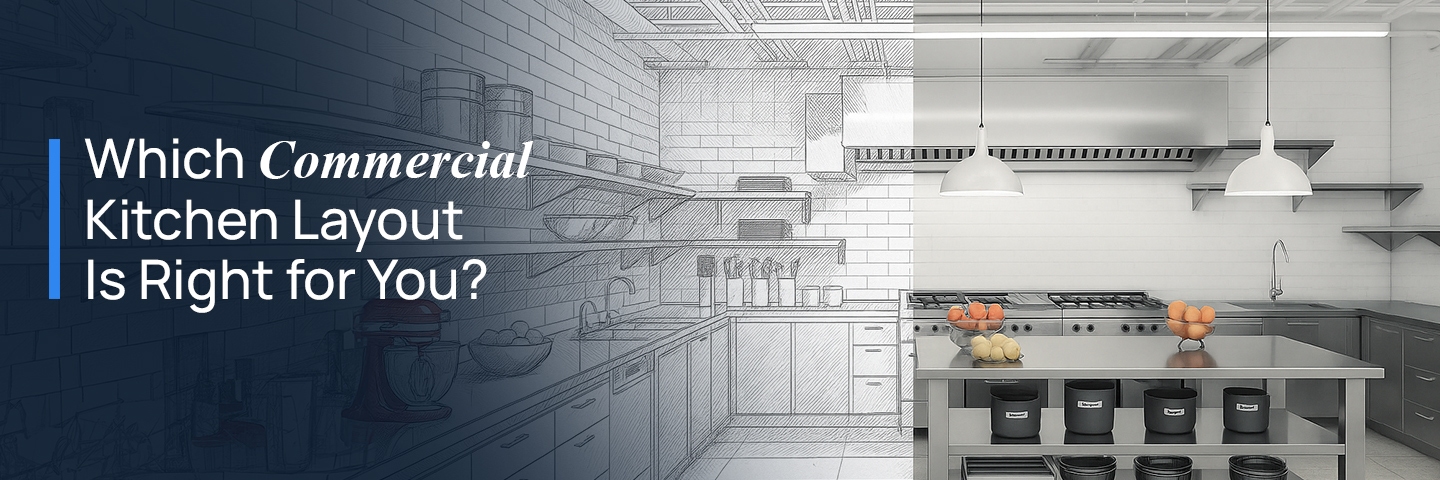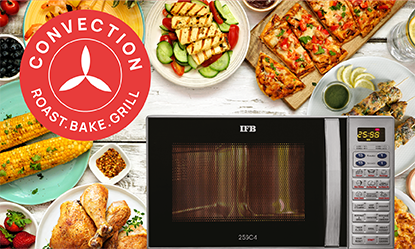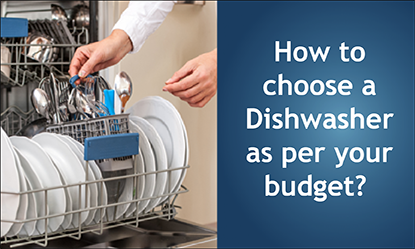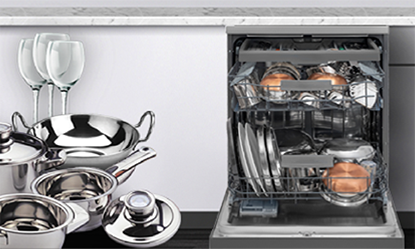No matter how fancy your interiors or how big your menu, the one thing that defines a commercial kitchen’s success is… customer experience.
When layouts are poor, plates pile up. Staff bump into each other. And hygiene standards? They slip fast.
Yet many kitchens still treat dishwashing like an afterthought. Tucked into a corner, misaligned with the workflow, or worse, built with equipment that just doesn’t fit.
Let’s discuss the four most common commercial kitchen layouts and where IFB dishwashers come in to make each one more efficient, hygienic, and future-ready.
1. The Straight-Line Layout
Best for: Small cafés, bakeries, cloud kitchens
How it works
Stations are arranged in a single line—prep to cook to clean.
Pain Points
- Limited space means every inch counts.
- Washing typically ends up crammed into the least accessible end.
- Manual dishwashing slows things down and increases hygiene risks.
Why IFB fits
- IFB’s undercounter models tuck neatly under worktops without compromising performance.
- Compact footprint, built-in detergent dosing, and 100% Thermolabel compliance.
-Plug-and-play, easy to service in tight spaces.
2. The L-Shaped Layout
Best for: Medium-size restaurants, QSR chains
How it works
Two perpendicular lines form a functional flow—usually prep/cook on one side, wash/service on the other
Pain Points
- Washing can block movement between key areas.
- Drainage, water supply, and power access need careful planning.
Why IFB fits
Hood type models sit cleanly at junctions without disrupting flow.
- Side-access panels make maintenance easy.
- Multiple tank models reduce rewash cycles—perfect for high churn.
3. The Island Layout
Best for: High-volume hotel kitchens, banquets
How it works
Cooking appliances are grouped at the centre, with washing, prep and plating around the periphery.
Pain Points
- Dish returns often clash with service outflow.
- Large teams = high rewash volume, risk of glass breakage.
Why IFB fits
- Smart rinse cycles ensure hygienic output even with back-to-back loads.
- Customisable ware entry/exit positions support centralised utilities.
4. The Zone Layout
Best for: Fine-dining kitchens, kitchens designed by consultants
How it works
Each zone (prep, cooking, plating, washing) is clearly defined and flows in one direction—no overlap.
Pain Points
- Requires precise equipment placement.
- Compliance (FSSAI, Thermolabel) must be built into the process.
Why IFB fits
- IFB dishwashers support single-direction, zone-compliant design.
- Thermolabel-compliant models pass all hygiene checks, seamlessly.
- SOPs and service contracts available for audit-readiness.
Final Thoughts | Dishwashing Shouldn’t Be an Afterthought
The best kitchens are built on smart workflows, and the right dishwasher can be the difference between smooth operations and bottlenecks that frustrate staff and drive up costs.Whether you’re consulting on a small café or a 300-cover restaurant, IFB’s commercial dishwashing range has a model and a layout plan to match.









